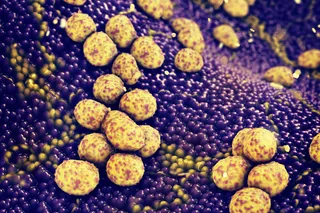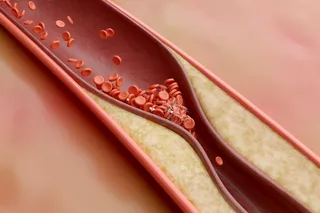One of the most successful achievements of the "post-genomic era" has been the elucidation of the genetic architecture which undergird the variation in human pigmentation. I like to point out that in 2005 the geneticist Armand Leroi observed in his book Mutants that we didn't know the genetics of normal variation in relation to the trait of skin color. In 2010 one couldn't plausibly write that. We know the genes which control the vast majority of the interpopulational variation in human complexion. This is not due to human ingenuity, but the fortuitous hand that nature dealt us. Pigmentation is a very salient phenotype, evident by the classification of genetically very distinct populations in Africa, India and Oceania as "black." But in terms of a genetic research project it has long been one of the ways to explore patterns of inheritance in model organisms such as mice, in particular in relation ...
Better prediction through better measurement
Discover the genetic architecture of human pigmentation and how a few genes control skin and eye color variation.
More on Discover
Stay Curious
SubscribeTo The Magazine
Save up to 40% off the cover price when you subscribe to Discover magazine.
Subscribe












